Colonial Measures and education in Early America
•
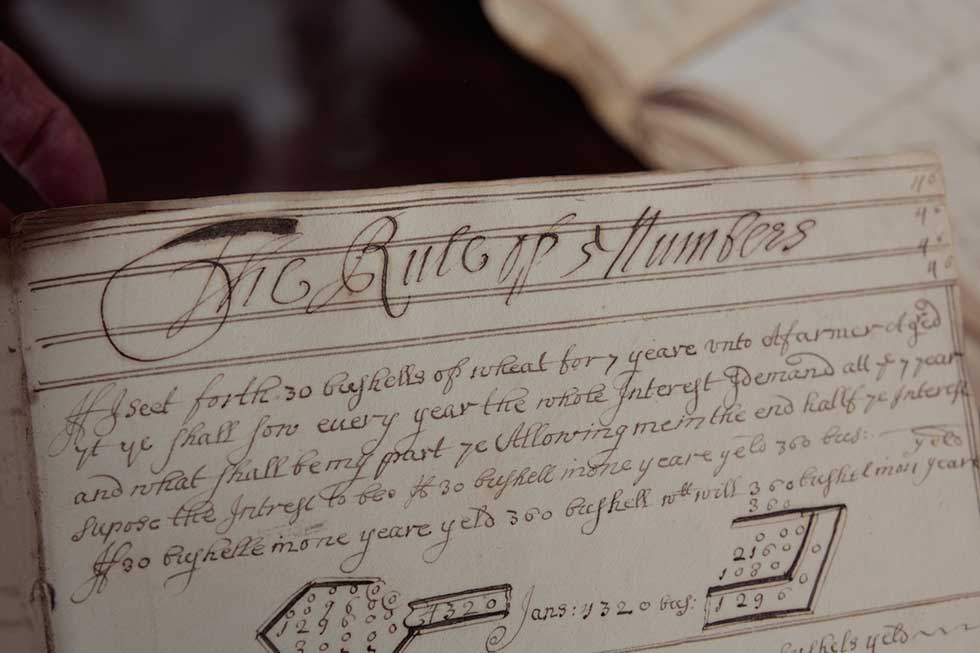
A page of long division in a cyphering book from the collection of Nerida Ellerton and Ken Clements
After learning about standardization in 1790s France in everything from measures to education, I became interested in what was taught in the American Colonies, and early United States. At that time, we used measures and currency from many countries, and bartering was common in business.
I was happy and lucky to find two experts in Colonial and Early American mathematics education: Nerida Ellerton and Ken Clements, both math professors at Illinois State University. In addition to their regular teaching and advising, Nerida and Ken have studied and compared 500+ cyphering books.
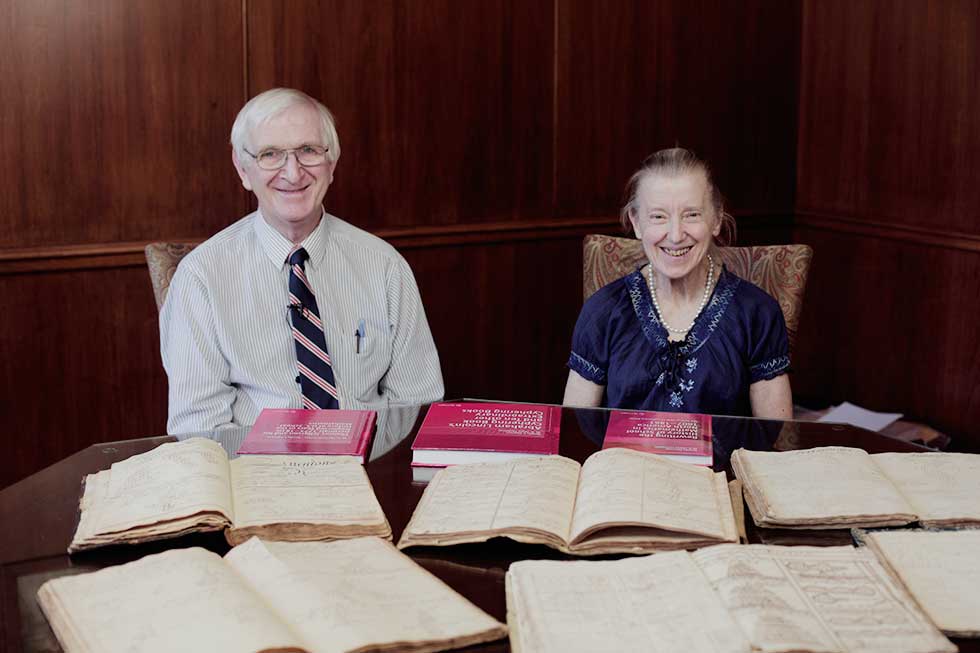
Cyphering books are self-written reference books; students would solve problems on slates, and after reaching the correct answer, students would record the full problem in their own, more permanent cyphering book.

Ken and Nerida’s research is new, and their premise is that the cyphering books show what was actually learned and taught. There were popular textbooks through the years, but they would have been quite expensive and out of reach of small neighborhood or homestead schools.
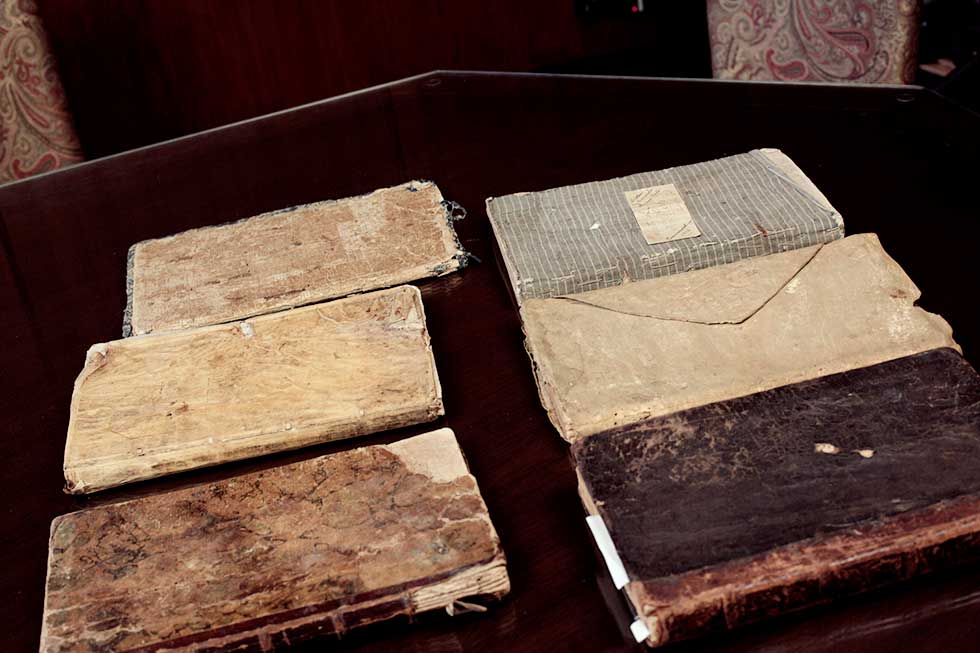
Nerida explains that after schooling (one winter, one year, whatever the students could afford), a cyphering book was later used by the student both as a reference and “essentially as a CV.” School boards and/or employers would look at your cyphering book to determine your level of education, and thus your suitability for a teaching or clerk/accounting position. “It would have been the second-most important book in the family, after the Bible.”

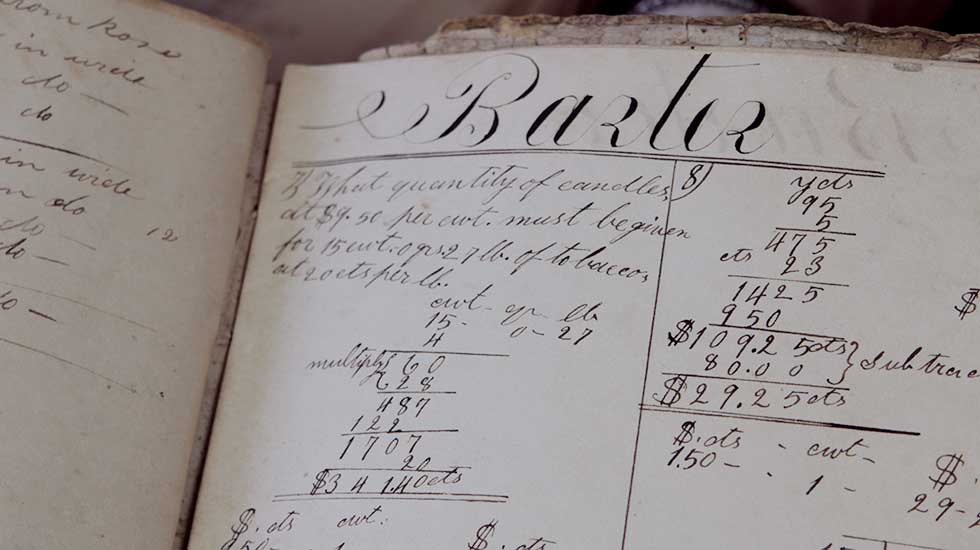
Bérénice Reynaud, one of my film professors, said that standardization in education and textbooks was one aspect of social equality after the French Revolution—a child in the provinces could have the same education as a child in Paris. We sometimes still see this disparity between wealthy suburban schools and rural schools.
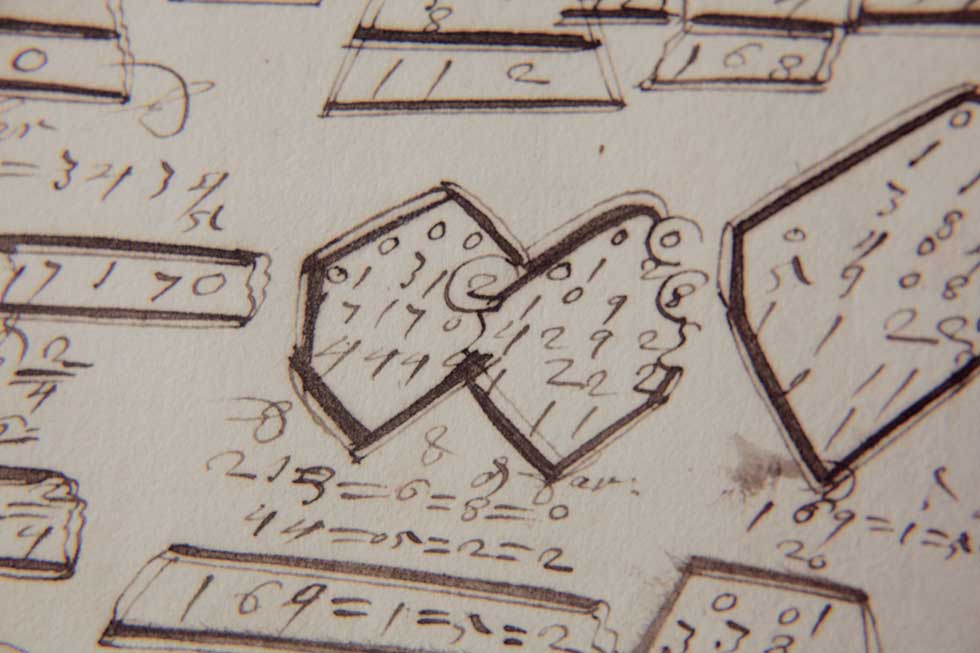

Nerida explains, "Firkins were a common container and of a fixed size for butter, flour. But for different things, a “true” firkin is about 4 times this size. It should be one cubic foot in internal volume." The larger container is a kilderkin. Ken said they found it at a local estate sale and "Nerida measured it all out and it was exactly 2 cubic feet," as a kilderkin should be. Nerida explains that a kilderkin is "half a barrel, and you need two barrels make a hogshead.” But Ken adds that in some places “three barrels make a hogshead.” Nerida continues “And it depends whether you’re measuring beer or wine or ale. Or solid measures. You can imagine the confusion. If you’ve one hogshead and half a kilderkin and firkin, and you try to do some bartering."
Thomas Jefferson worked to install decimal currency and reform education, to build an educated citizenry who could easily perform and understand fundamental transactions of daily life. Ken and Nerida have published a book about Jefferson’s mathematics reforms, listed below. They find more decimal problems in cyphering books after the U.S. adopted decimal currency, but not in English cyphering books because England was still using pounds, shillings, and pence.
Their research in cyphering books reveals trends in political policy, for example, with respect to decimal currency. Another cyphering book was written during the American Revolutionary War, and messages related to the Colonials' insurgency was hidden inside. If you're interested in reading further about the implications in education, mathematics, and weights and measures, you might continue with one of their books.
References
- Abraham Lincoln's Cyphering Book and Ten other Extraordinary Cyphering Books by Nerida F. Ellerton and M. A. Ken Clements. 2014.
- Rewriting the History of School Mathematics in North America 1607-1861: The Central Role of Cyphering Books by Nerida F. Ellerton; M. A. Ken Clements. 2012.
- Thomas Jefferson and his Decimals 1775–1810: Neglected Years in the History of U.S. School Mathematics by M. A. Ken Clements and Nerida F. Ellerton. 2015.